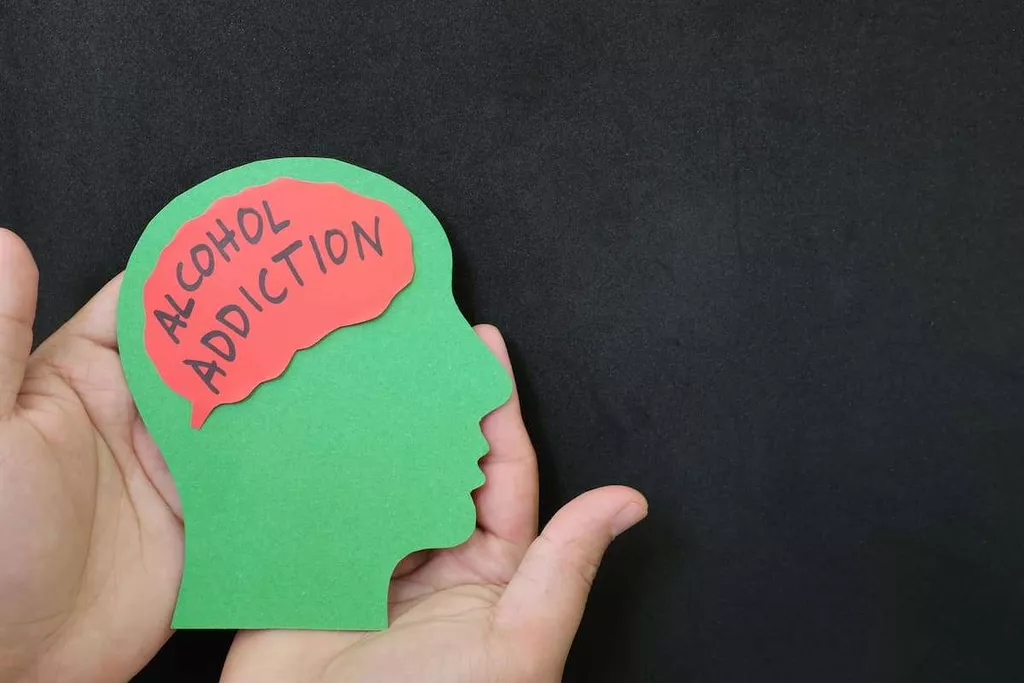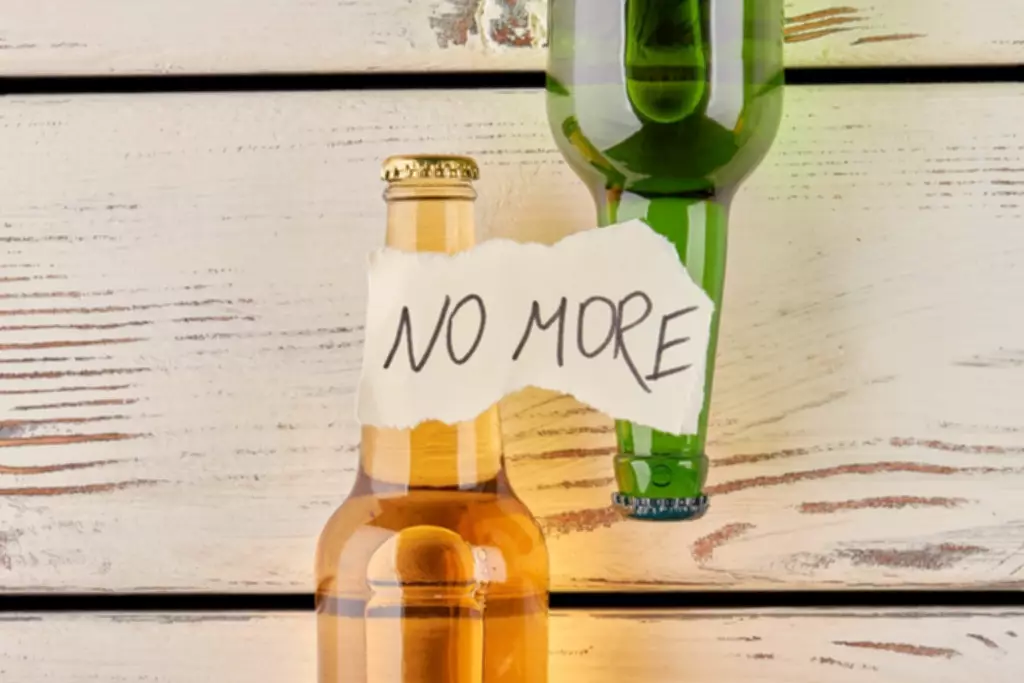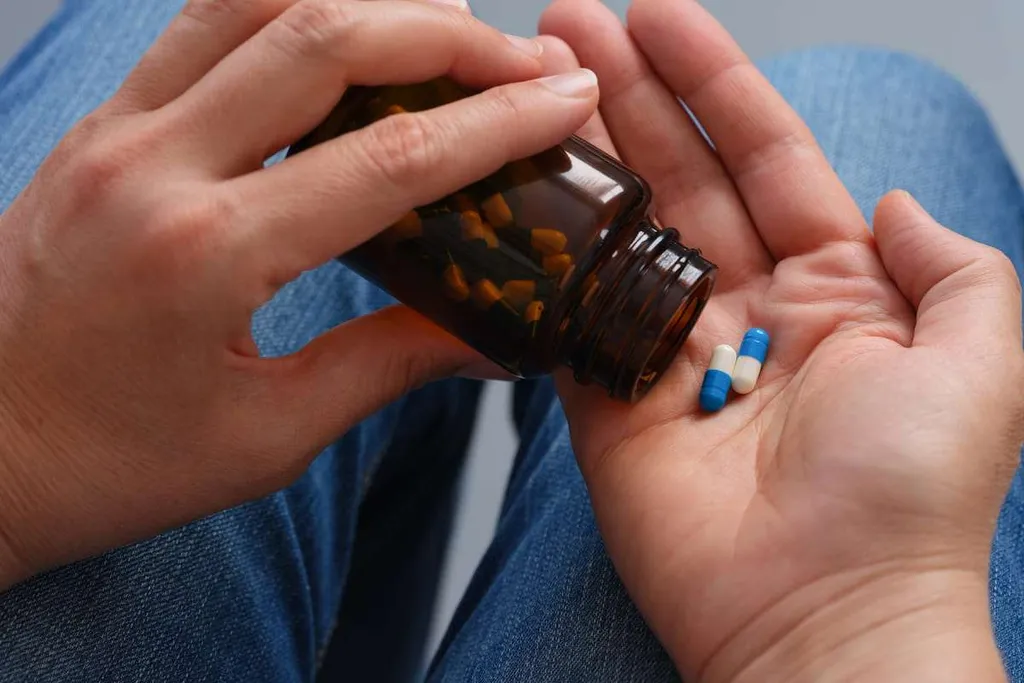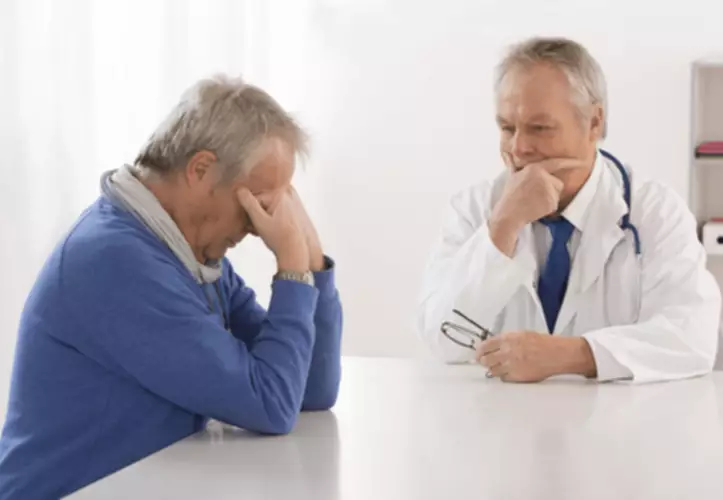
Together, we harness our collective strengths to build a more inclusive, supportive, and empowering what is alcoholism recovery landscape. The Oregon Recovery Residences Registry is a free to use service aimed at providing up-to-date information on recovery housing in Oregon. Our board of directors meets regularly to develop the organization, review policies and procedures, and discuss how to better support our members.
Recovery Residence Designation
- Research highlights the effectiveness of recovery residences in fostering significant improvements in individuals’ lives.
- A pivotal advocate for legislative progress, Darrell was instrumental in embedding Recovery Housing standards into Indiana law in 2017—a landmark achievement in the advocacy for recovery residences.
- In the past few years, several laws have been passed that do affect recovery residence operations.
- Dave Sheridan’s leadership of NARR reflects a deep commitment to advancing recovery housing standards and fair Housing Rights.
- NUWAY Recovery Foundation, part of NUWAY Alliance, works with independent recovery residence operators to ensure that people receiving treatment and those in recovery have access to high-quality recovery housing.
- Individuals considering recovery residences for themselves or their loved ones are strongly encouraged to inquire about any regulatory organizations with which a potential residence is affiliated and whether or not it is certified in states where certification is available.
The DMHA Housing Team will notify you within 15 business days about your certification approval/denial. To perform the virtual/on-site interview/inspection the recovery residence setting needs to have been in operation with residents for at least 30 days and have at least 40% occupancy. Our sober living homes are spacious, with plenty of room inside and out to interact with your housemates or take time to yourself. You’ll find fully equipped kitchens, comfortable common areas, and living spaces separated by gender. To view recovery residences, please select your county on the map or from the dropdown menu.

Search Oregon Recovery Residences
- The DMHA Housing Team will notify you within 15 business days about your certification approval/denial.
- MARR also receives philanthropic support from community organizations, charitable foundations, and public donations.
- Recovery Residences are sober living environments that provide a space for people in recovery to live for short or long periods of time in an environment supportive of their recovery.
- He has played a significant role in advancing recovery housing standards both statewide and nationally as the founder of the Indiana Affiliation of Recovery Residences (INARR).
Also, among recovery residence members, more 12-step mutual-help participation and lower levels of drinking and drug use in one’s social network predict better substance use outcomes and lower likelihood of arrest over time. Beyond his work at The Road to Hope, Jeff collaborates with treatment centers, government agencies, and nonprofit organizations to improve recovery housing standards and services. His leadership and dedication have earned him numerous accolades, including recognition from the Ohio State Senate and House of Representatives for exemplary service. He has also served in key roles within the recovery community, including as a member of the treatment team for Lorain County Recovery Court and chair of the Ohio Recovery Housing state appeals committee. The National Alliance for Recovery Residences (NARR) was founded in 2011 to fill a void in the field of addiction recovery services. Until then, there were no widely recognized best practices or quality oversight in the operation of recovery housing, which has been in existence since the mid-nineteenth century.

CCAPP Recovery Residences
We endorse recovery environments embodied in the Code of Ethics of the National Alliance of Recovery https://ecosoberhouse.com/ Residences (NARR – view HERE) and NARR’s companion operational Standards 3.0 (View HERE). Recovery residences support individuals by providing a safe living environment and readily available community of recovery-related social support. Supportive sober living environment where you can focus on your recovery without the stresses and distractions of everyday life. To ensure consistent safety and quality, WAQRR accredited recovery residences undergo annual reviews.
Beth Fisher Sanders Board Member

To serve higher needs/lower recovery capital populations, such as transition aged youth (e.g., youth years of age) with opioid use disorders, some Level II’s provide recovery support services and life skills development but at a lower intensity than Level III’s. Oxford House is a 47-year old model for democratically self-governing, financially self-supporting recovery residences for individuals with substance use disorders. They are gender-specific homes with no time limit on residency which allows for the development of long-term sobriety. They operate in compliance with the requirements of the Oxford House Charter and System recovery residence of Operations found in the Oxford House Manual. Oxford Houses do not have resident staff managing the individual houses however the model includes training and oversight from the local network of houses and state association, along with technical assistance from Virginia outreach workers.

Agencies / Residence Operators

From hands-on service roles to leadership positions within the State Department of Alcohol and Drug Programs and CAARR, Susan’s work has pioneered services for underserved populations and shaped recovery service education. Her recognition with numerous awards speaks to her significant impact and dedication to recovery communities. These settings offer a homelike environment for residents and promote diversity, equity, and inclusion for all applicants. After the virtual/on-site inspection, the DMHA Housing Team will provide you with an official communication within 15 business days. This communication will list any required quality improvements that your organization needs to engage in prior to your application being approved.
- To ensure consistent safety and quality, WAQRR accredited recovery residences undergo annual reviews.
- The Oregon Recovery Residences Registry is a free to use service aimed at providing up-to-date information on recovery housing in Oregon.
- Further, certified residences promote a level of consistency across houses that has not been previously seen or understood by communities, decision-makers, funders, and researchers.
- As president of NARR, Darrell Mitchell exemplifies transformative leadership within the recovery residence sector.
Levels (Types) of Recovery Residences
In addition to peer-based recovery support, recovery support services, and life skills development, Level IV’s offer clinical addiction treatment. While all Level IV residence programs incorporate clinical treatment services, treatment programs lacking essential social model organizing principles would not qualify as Level IV recovery residences. Throughout the 1990s, many treatment programs discontinued their social model elements, a distinct departure from today’s residential community approach. An example of a Level IV is a recovery residence that implements social model care in a therapeutic community. The mission of NARR is to support persons in recovery from addiction by improving their access to quality recovery residences through standards, support services, government and private sector collaboration, education, research, and advocacy. Recovery residences are important assets within a community and among recovery-oriented systems of services.
